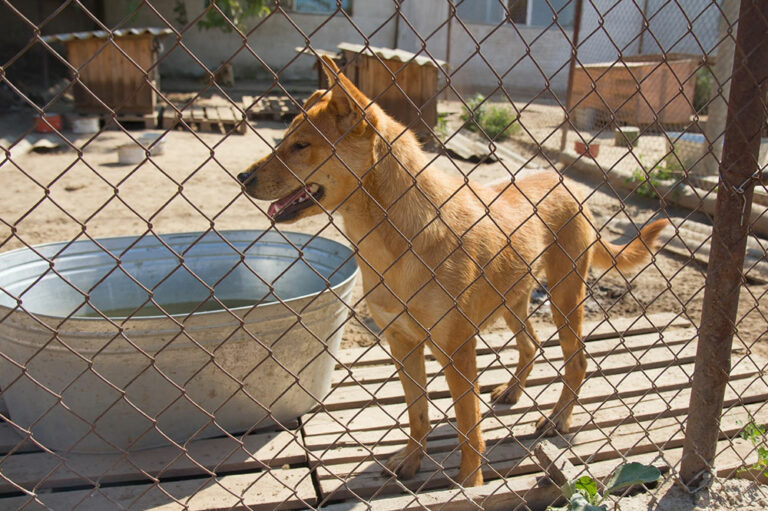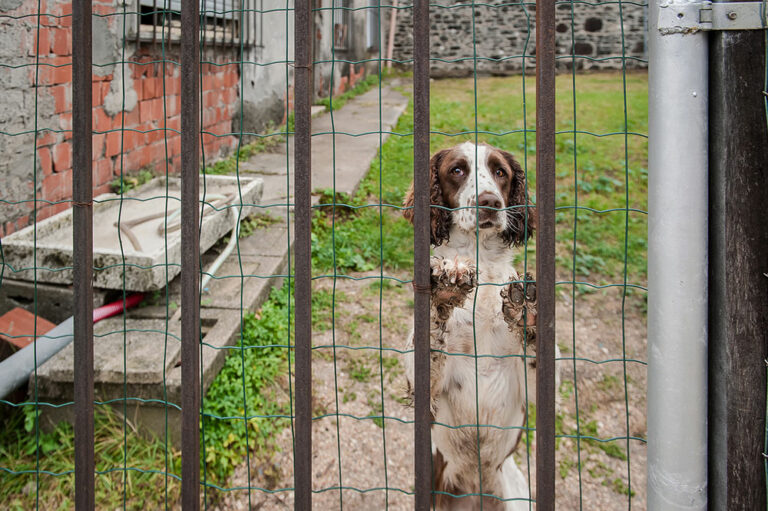
Pets
7 reasons why invisible pet fences don’t work
Some pet owners use invisible fences, also known as wireless fences, to stop their dogs from leaving the property. These fences are designed to keep pets within a specific boundary, such as the house’s front yard, without installing any physical barrier. Instead, they use a wireless signal or radio frequency to create a virtual perimeter. However, invisible fences for pets are sometimes ineffective. Here are seven reasons why they may not work. The fence may injure the pet After fixing an invisible fence, the pet must wear a collar fitted with a receiver. Whenever the pet gets close to the boundary or tries to cross it, the receiver gets a signal from a transmitter placed within the house. After that, a mild electric shock or vibration passes through the collar, which can hurt the pet. Moreover, the metal prongs in the collar rub against the pet’s neck, causing its fur to wear away and leading to infections and open wounds. In worse cases, the collar may malfunction, delivering shocks no matter where the pet stands. Such unnecessary shocks can cause electric burns on the region where the collar’s prongs touch the skin. The pet may become fearful or aggressive Invisible wireless fences require pets to undergo aversive training.
Read More 






